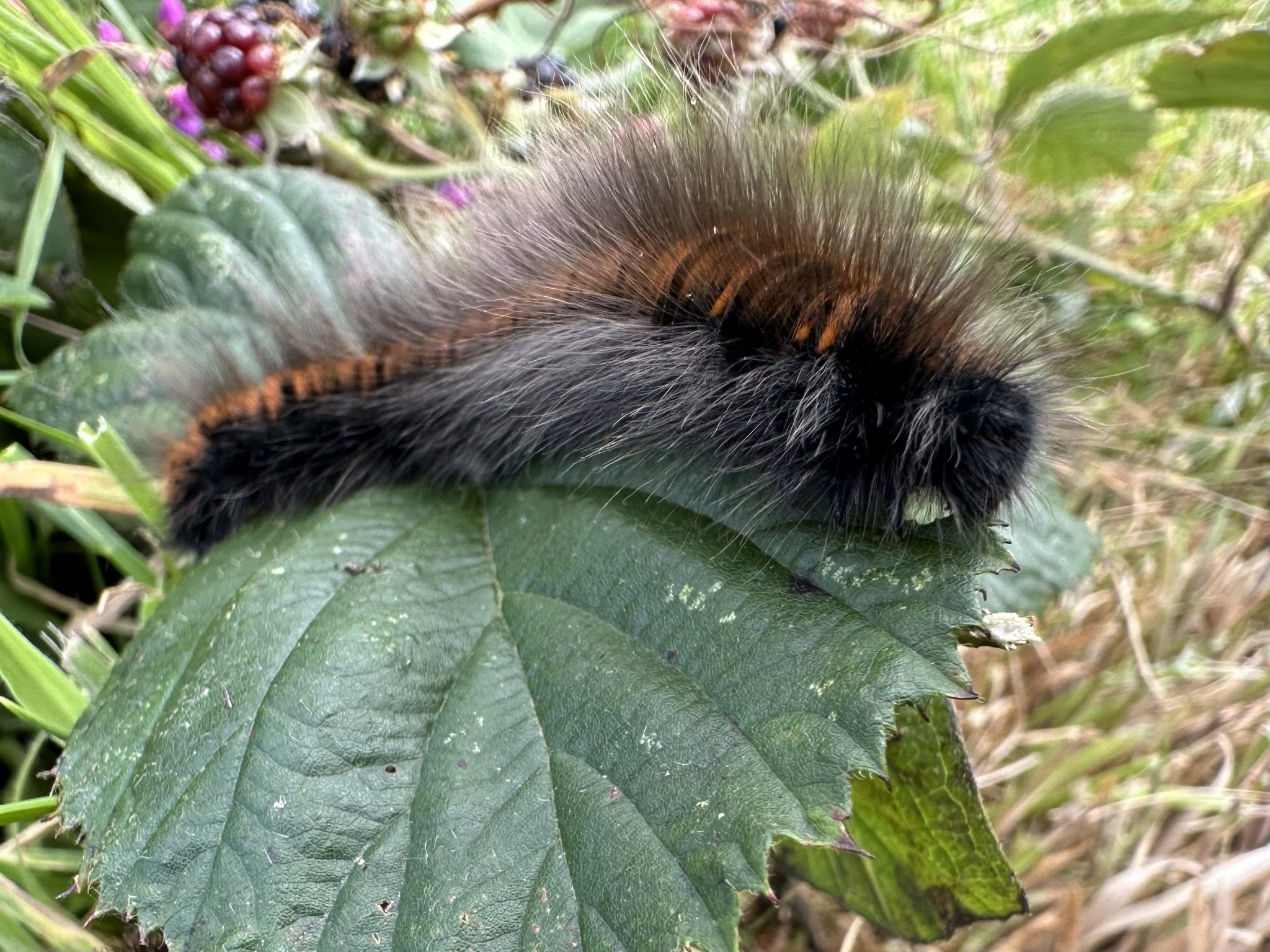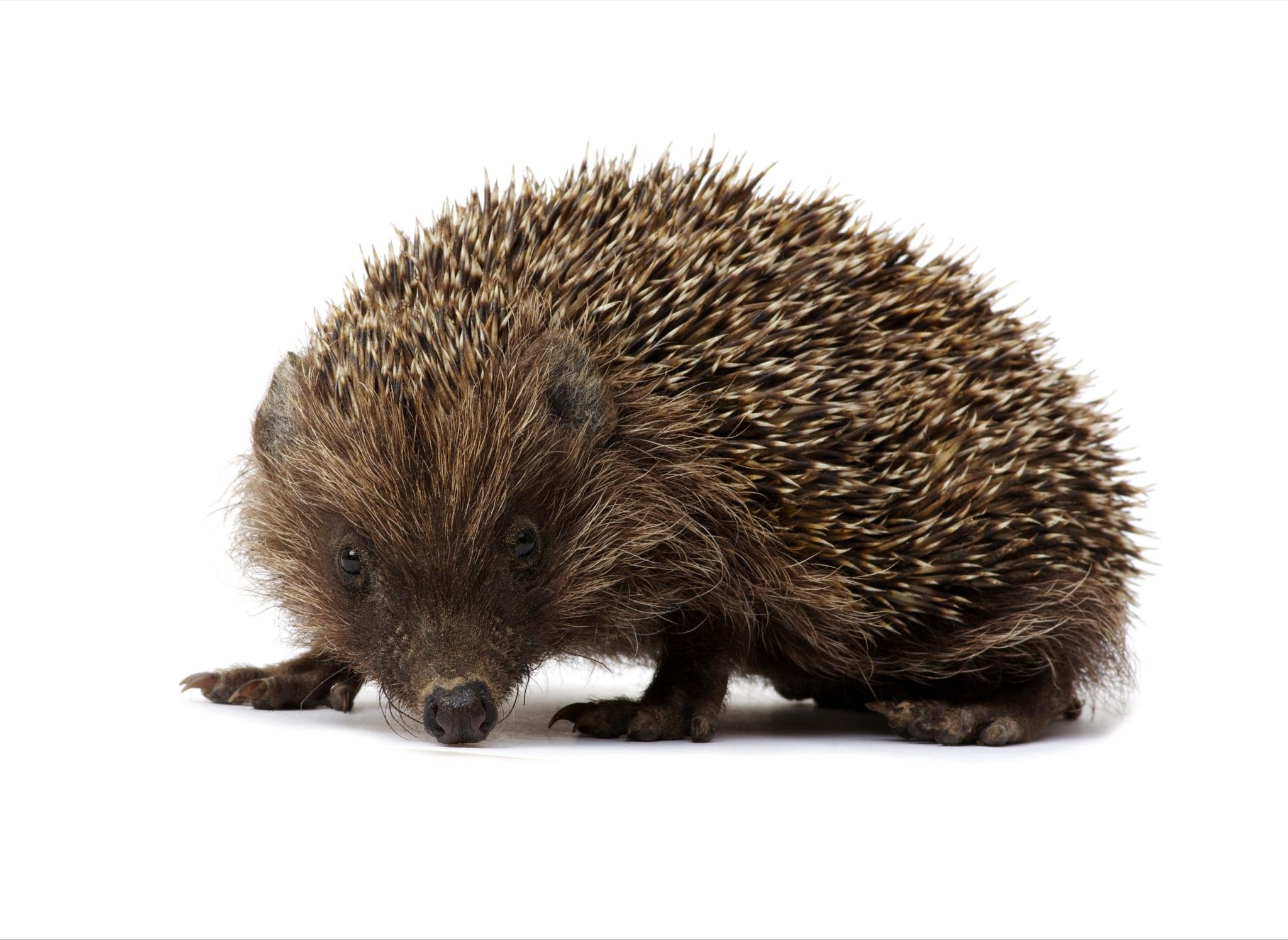

THIS spring and summer, we adopted a ‘no mow’ approach to our lawn, allowing it to transform into a vibrant display of wildflowers. Dandelions, buttercups, red and white clover, daisies, self-heal, and the striking purple heads of knapweed filled the space, bringing joy with their colours.
With the flowers came a buzzing world of insects, particularly bumblebees, which swarmed the lawn in abundance. I couldn’t help but wonder where they would have gone if we hadn’t let the lawn flourish this year. But now, as the seasons shift and temperatures drop, their numbers have dwindled.
Sunday, September 22nd, marked the autumn equinox, when day and night were equal in length. As the nights now begin to grow longer, only a few knapweed flowers remain, with just a handful of sluggish, sleepy bees clinging to them, swaying in the cold wind as it moves through the garden.
Where do the insects go?
As the insects disappear, it raises the question: where do they go? Invertebrates don’t simply vanish, as every spring, flies, bees, butterflies and dragonflies reappear. Different species have various strategies for surviving winter, with no one-size-fits-all approach. Some, like tortoiseshell and peacock butterflies and ladybirds, overwinter as adults. Others survive the colder months as caterpillars or grubs, while many remain as pupae or chrysalises. This process of hibernation or overwintering in insects is called ‘diapause.’
Sleeping queens
For the bumblebees on our lawn, it is natural for workers, males, and old queens to die off at this time of year. Only the new queens, produced by each nest, survive the winter, hibernating in places like rotten logs, under stones or beneath thick layers of moss. Many queens burrow into the soil for their winter sleep. When temperatures rise in the spring and flowers begin to bloom, the queens emerge, hungry and ready to start new nests.
 Many animals like this fox moth caterpillar have been feeding furiously and are now plump in preparation for their winter hibernation. (Photo: Ann Haigh)
Many animals like this fox moth caterpillar have been feeding furiously and are now plump in preparation for their winter hibernation. (Photo: Ann Haigh)Nature lessons
In late May, we discovered some fox moth eggs in our garden. These medium-sized moths have wingspans of 5cms to 6.5cms. Males have orangey-brown wings and feathery antennae, while the larger females are more greyish-brown. After the eggs hatched, or ‘eclosed’ in insect terms, we took care of 10 tiny caterpillars, protecting them from predators and providing their favorite foods like bramble, heather, and meadowsweet.
It was a wonderful learning experience for my sons as they watched the caterpillars grow. The caterpillars went through several moults (called instars), shedding their skin as they increased in size. They’ve been feeding furiously to store up reserves for winter and are now in their final instar stage—chubby and around 7cms long. They will spend the winter as caterpillars and pupate in the spring, something we look forward to seeing.
Feeding up
It’s not just caterpillars that are preparing for winter. We’ve also been observing swallows and house martins feeding on the remaining insects and gathering in numbers before their migration to Africa. While it is a little sad to see them leave, it is comforting to know that other birds, such as redwings and fieldfares, will migrate here to take their place. Some insect-eating birds like swallows, swifts, and house martins may need to head elsewhere, but thrush species such as redwings and fieldfares arrive to enjoy the autumn bounty. These birds feed on berries like hawthorn, rowan, and holly, which provide them with vital energy for the harsh winter months ahead.
Hedgehogs are also busy this time of year, foraging to build up energy reserves for hibernation. They need to reach at least 450g to surviv e the winter, although 650g or more is preferable. Unfortunately, this increased activity has led to more sightings of dead hedgehogs on roads. Please keep an eye out and drive carefully to help protect them.
Ways to help
There are several ways to support native wildlife at this time of year. Leaving piles of garden cuttings or creating an insect hotel in a sheltered spot can provide overwintering locations for creatures like ladybirds, lacewings, and beetles. Simply leaving dead, hollow-stemmed plants like teasel, sunflowers, and hogweed standing through winter can also offer homes for insects.
If you’re strimming, turning compost heaps, or setting bonfires, remember to check for sheltering animals like hedgehogs or frogs. Hedgehogs, in particular, build hibernation nests (hibernacula) under brambles, wood piles, or sheds using dead leaves and grass.
 Hedgehogs need to reach at least 450g to survive the winter, although 650g or more is preferable. (Photo: Shutterstock)
Hedgehogs need to reach at least 450g to survive the winter, although 650g or more is preferable. (Photo: Shutterstock)Feeding birds
For now, there is still some food available for wild birds, as the earth remains warm and soft for foraging for worms and grubs. Seeds and berries still linger on trees and in the hedgerows. Birds are busily availing of these resources and building up reserves. Flocks of goldfinches have been visiting our lawn for knapweed seeds, making it easy to delay mowing for a little longer.
However, as temperatures drop and frost arrives, food will become scarce. If you’re considering feeding birds this winter, now is a good time to start. Once you begin, ensure food remains available, as birds come to rely on these sources. Feeding from late autumn through mid-spring can help birds survive the lean winter months.
Stars of the show
Of course, the stars of autumn are our native deciduous trees, whose leaves turn beautiful shades of gold, orange, and deep red, subtly transforming the landscape before falling and marking the full arrival of the new season. The cooler temperatures prompt the trees to stop producing chlorophyll, allowing the vibrant autumn colours to emerge as the remaining chlorophyll breaks down. As we’ve discussed, there’s a noticeable shift in nature’s activity during this time of year, making autumn an ideal season for countryside walks. It won’t be long before there are even less daylight hours to enjoy this activity, so get out and enjoy it while you can.








